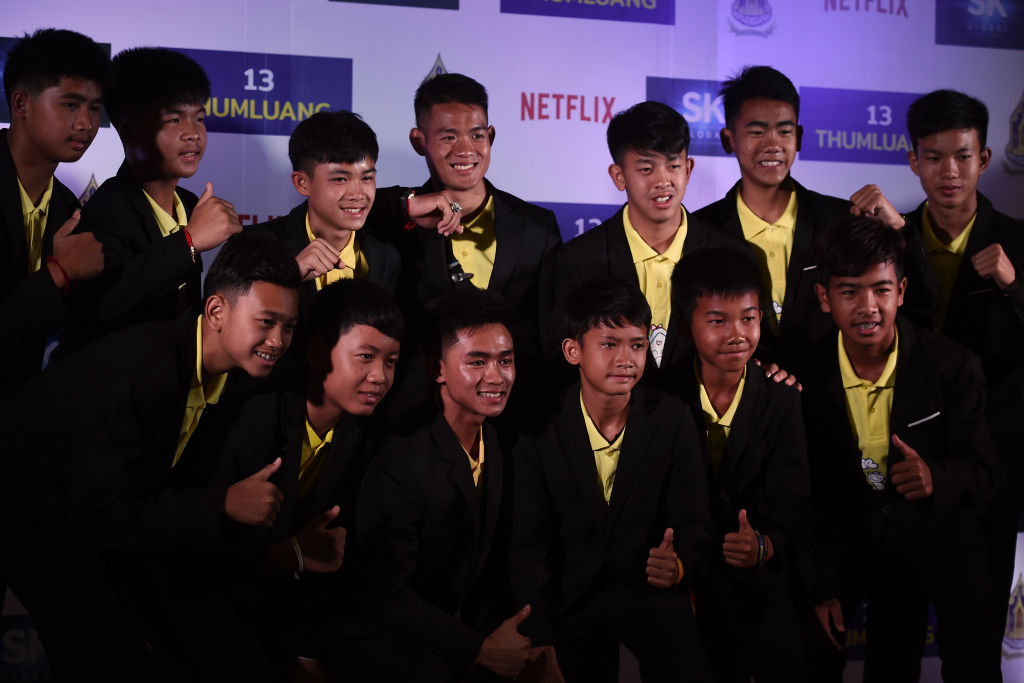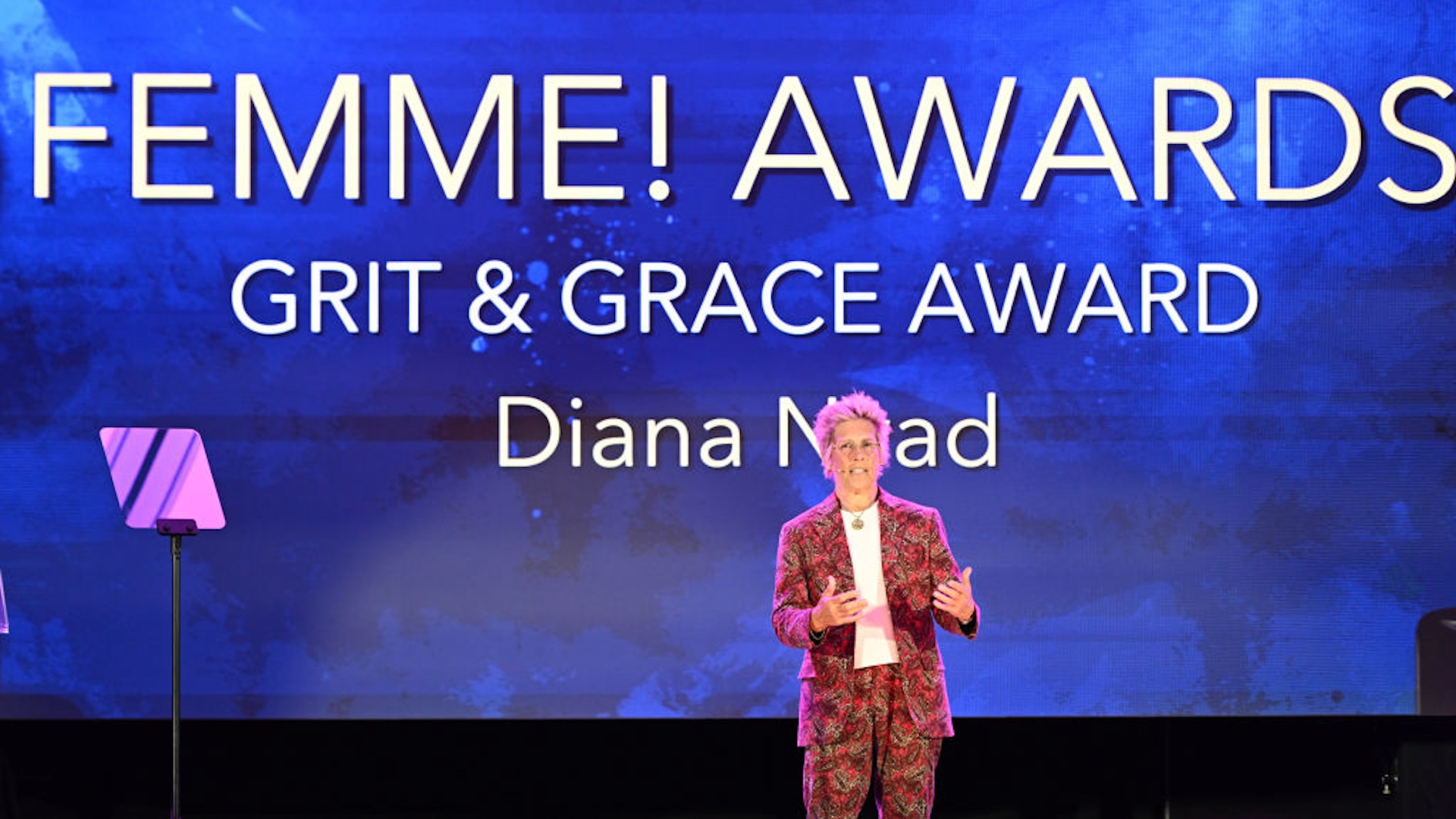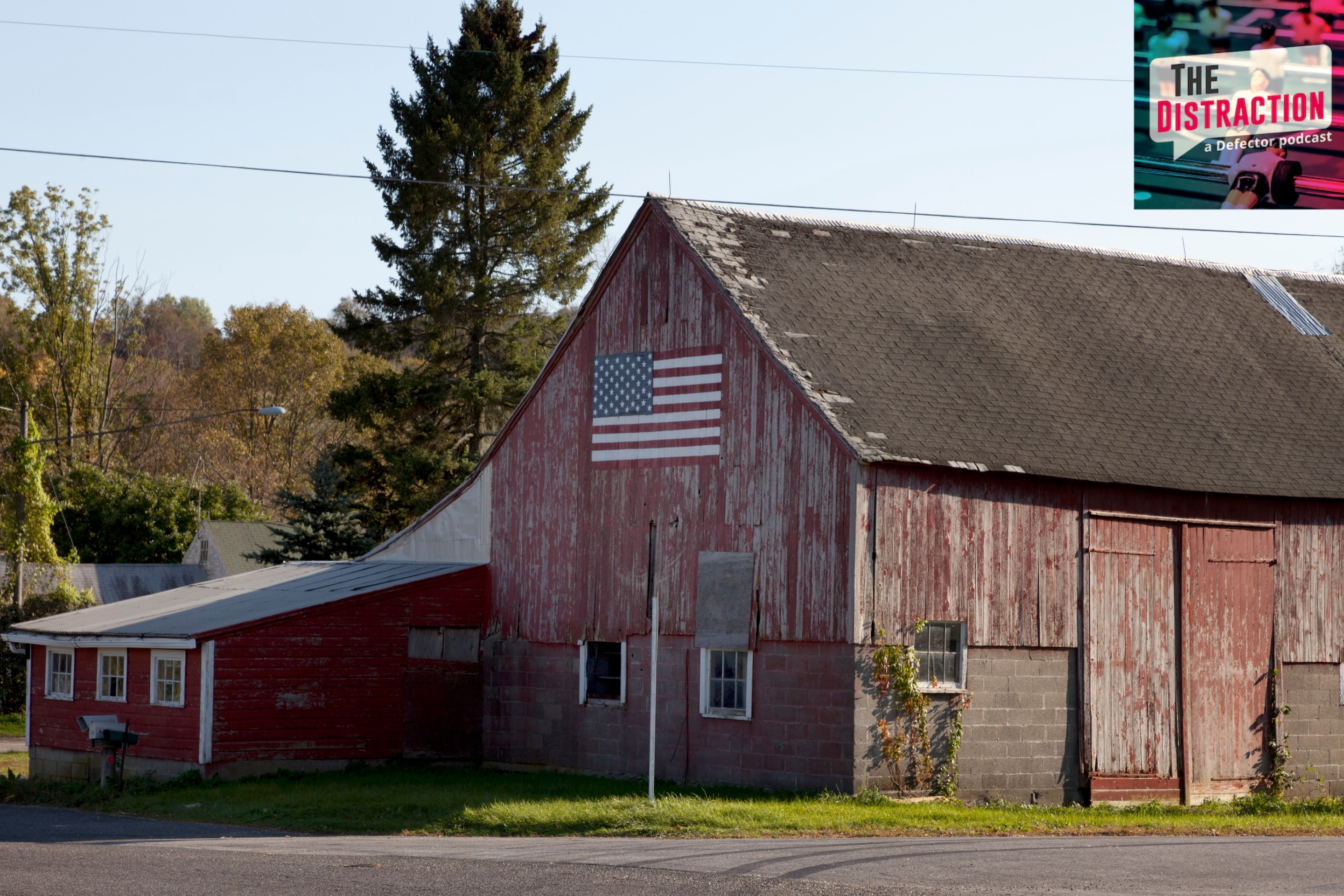There’s always been something bluntly distasteful about the way in which the media hungrily circles other people’s trauma. But the rush to claim the 2018 Thai cave rescue, in which a soccer team of 12 boys and their coach were saved by a group of international hobby cave divers after spending two weeks trapped in the flooded Tham Luang cave, was particularly unseemly. Elizabeth Chai Vasarhelyi, co-director of The Rescue, the first documentary about the incident which will be released by National Geographic on Oct. 8, described it as a “rights land grab.”
Netflix appears to have been the biggest vulture, securing the worldwide rights to the boys’ story for a 2022 miniseries (co-executive produced by Jon M. Chu)—then refusing The Rescue’s filmmakers any access to any of the principals or their families (co-director Jimmy Chin, who has climbed Everest, described trying to wrestle anything from the streamer to Indiewire as “the most painful experience of our lives”). Then there was the Christian production company, Pure Flix, purchasing rights to a feature film as early as the day the last four boys were saved, later offloading those rights onto MGM, where Ron Howard is making Thirteen Lives, starring Viggo Mortensen and Colin Farrell, an odd mix of starry casting for a group of divers who were known to be unassuming. British diver John Volanthen (Farrell’s character) consulted on the film and wrote Thirteen Lessons That Saved Thirteen Lives after declining advances for an autobiography on the grounds that it was “a little bit egotistical.” At the very least he was telling his own story.
The ethical quandaries around media stories like the Thai cave rescue are virtually impossible to untangle, but this one appears to have been an issue at source. Tom Waller, the Thai-born director who released the first film on the subject, a docudrama called The Cave, back in 2019—despite being little-known here, it had the second largest opening in Thailand that week behind Frozen 2—told Asian Plus that when it came to the children, “the authorities were looking to sell their story and life rights to the highest bidder.” Ranging in age from 11 to 17, some stateless, some very poor, these kids would not have been in much of a position to fully own their own narratives. With streamers willing to pay millions, the choice was never really going to be theirs. So how do you operate ethically within that unethical reality? The short answer is you don’t. Here’s the longer one.
Waller swooped into production on The Cave within three months of the boys being saved. He was able to do that because he is Thai—meaning he did not require the paperwork that international filmmakers do—his production company, De Warrenne Pictures, is in Thailand, and he also happens to be an indie filmmaker with a relatively small crew and budget. You can feel all of this in the film, which is seamlessly embedded into the local culture in a way outsiders can’t easily mimic. Waller got the idea of mixing reality and fiction from the Clint Eastwood film The 15:17 to Paris about the 2015 Thalys train attack—which casts the real soldiers who saved the day—and proceeded to use Thai locals as much as possible. Waller also included people involved in the real rescue, including Irish diver Jim Warny, who plays himself (and rather impressively!). “It seemed a natural and sensible thing to include them in the film,” Waller told Geographical. Knowing the authorities’ tight grip on the story, the director kept the production discreet, using a secret pool in Bangkok to serve as the Tham Luang caves he didn’t have access to. And working around the lack of access to the children might actually have improved this film. It meant Waller had to fill in everything around them instead, building out the spiritual and geographical and social contexts of the rescue. For instance, the bureaucratic barricades faced by Thai engineer and pump provider Nopadol Niyomka, who also appears in the film, act as metaphor for the hierarchy that hampered progress throughout the event. Waller also includes farmers who sacrificed their fields, which were flooded by the water pumped out of the caves, and also their paychecks to ensure the rescue was well-funded. Within this same spirit, the film is dedicated to Saman Kuman, the Thai Navy SEAL who died during the operation.
The Cave is by no means a perfect film, and it had a muted critical response. It is bloated with histrionic music and fails to punctuate any particular moment—neither finding the kids nor rescuing them seems particularly eventful here—which keeps the narrative too even-keeled. But it situates the rescue in the world and with that makes it possible to fully grasp its consequences. The Cave makes us feel the darkness of sitting in a cave for two weeks without light while drinking from drips off the ceiling, it makes us feel the advancing days—Waller smartly uses local reporters to guide some parts of the chronology—and through all of this flows the specter of Nang Non, whose blood is said to have choked the cave in the first place. In the end, by largely focusing on everything around the kids, The Cave skirts the ethical knots around their story.
While Waller’s film kind of misses the trees for the forest, The Rescue does the opposite. This was a bit of an assignment for Oscar winners Vasarhelyi and Chin, who together are known for their breathtakingly beautiful, and breathstoppingly treacherous, climbing documentaries Free Solo and Meru. The duo has a multi-film deal at National Geographic and took up this job after Scottish filmmaker Kevin Macdonald—who also won an Oscar for his 1999 doc One Day in September about the murder of 11 Israeli athletes at the 1972 Olympics—dropped out reportedly over timing issues. In my brief Zoom conversation with Vasarhelyi and Chin, the former explained their attraction to the project. They are parents of Asian children, she said (both she and her husband are of Chinese descent), and in a time in which we are so divided, this rescue united us. “Everyone was thinking about what would happen with these children,” she said. “So I think that’s what piqued our interest.”
The main problem here is that the filmmakers were not capturing the high-risk events as they happened, which is where all of the power in their previous films lie. With Free Solo they worked off 800 hours of footage; here they were stuck with 87 hours shot by a third party (which they only got in the last three months of production) in a country they could not visit due to the pandemic—even their interviews were mostly conducted by Zoom. The result is that The Rescue struggles in the first half under the weight of a messy story clearly told from the outside, without a grounding context. This is one of those weird situations where there is too much and also too little—it drags but it is also full of holes. More than once during our interview, Vasarhelyi and Chin focused on the footage in which the trapped kids can be seen eating and being led through a motivational cheer. The latter, in Variety, Vasarhelyi called “the Holy Grail shot.” Chin explained to me that the reason they worked so hard to get footage from the Navy SEALs was to bring the film to life after losing so much to Netflix. But the only real surprise is the bit where one of the divers, Rick Stanton, asks to turn the camera off, which is also what made Vasarhelyi the most animated during our chat: “The most frustrating part about it is that Rick subsequently, when watching the movie, he’s like, ‘We should have let them continue filming,’ and I was like, ‘No shit.’ It was just like, are you kidding me?” Chin added with a laugh. “You know the next time you’re gonna go on a really wild cave rescue, you gotta keep it rolling.” In fact, they didn’t need any of this. All they needed in the end was what they had: the rights to the divers’ story and their own skills at filming high-stakes action.
In the last half of The Rescue, we see a ragtag group of outsiders thrown into the role of hero in a country that doesn’t want them, all while dealing with their own uncertainty that they can even do the job. “When Rick shows up with his like, I don’t know, falling-apart wetsuit, you get it, you’re like, ‘Oh, you showed up like this?’” says Vasarhelyi. The horror of having the responsibility not to potentially kill 12 kids should have been the entire focus of The Rescue. This again shifts the ethics around centering the boys to centering the divers, adults with full agency to agree to have their story told. And like the forensic details of a hard climb, the forensic details of the cave retrieval are gripping. In short: Because it is so difficult to dive with non-divers due to their anxiety, for this multi-hour underwater swim in entirely obfuscated water, the boys had to be tied up and knocked out with Xanax, atropine and ketamine (with some top-ups along the way), and guided through without them suffocating. The situation, which one person says in the film “felt like euthanasia,” was so precarious that body bags were brought in on standby.
Because there was only meager GoPro footage of the underwater rescue, it had to be cut with reconstructions shot in a tank in Pinewood studios (Vasarhelyi says that, of course, filming in the caves would have been ideal but the pandemic got in the way). In the end, thanks to the filmmakers’ prowess, what you get is a trip as harrowing as Alex Honnold’s on the side of El Capitan. “There’s certain things you can’t understand, at least I couldn’t understand as a filmmaker until I saw it myself,” says Vasarhelyi. “When they showed me how they, like, bound the children’s hands and feet and then submerged their heads, like the gravity of it, like the weight of it, the responsibility, that really came to life, and we saw it when they demonstrated for you.” Chin adds that it wasn’t just about the dive itself. “Just seeing someone practice their craft is really informative,” he says. “You know, not just kind of like the physical act of doing it, but also just kind of the headspace they get into as they get ready to dive.”
Towards the end of our interview, Vasarhelyi brought up something she called “absolute morality” to describe the core of The Rescue. In ethics, moral absolutism is the idea that every action is either right or wrong, regardless of the context. In the case of the Thai cave rescue, Vasarhelyi had a slightly confusing way of explaining it, but what she seemed to be suggesting was that the cave divers were able to make clear assessments in the murk of the situation—they could consider saving even just one child to be right even if every other child drowned. “It’s like, ‘I’m the only person in the world that can do it, so I have to do it,’” Vasarhelyi says. “You come away from it so moved and reminded of this incredible uniquely human quality, which is the ability to be selfless. The ability to judge what is the right thing.” This reminded me of something similar Honnold said, specifically about Chin filming his ascent in Free Solo: “... it’s like, ‘Well, it’s gonna happen either way, and I’m one of the best people in the world to make something like this, so if it’s gonna happen and I’m the person to do it, like, just may as well.’” The difference with The Rescue, however, is that it’s not clear Chin and Vasarhelyi were the people to do it—it’s not clear anyone is.







